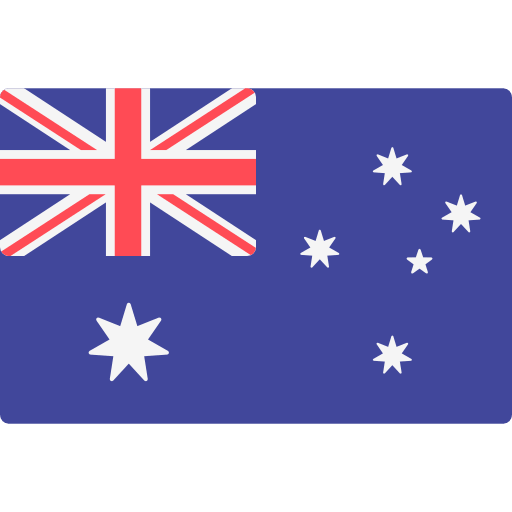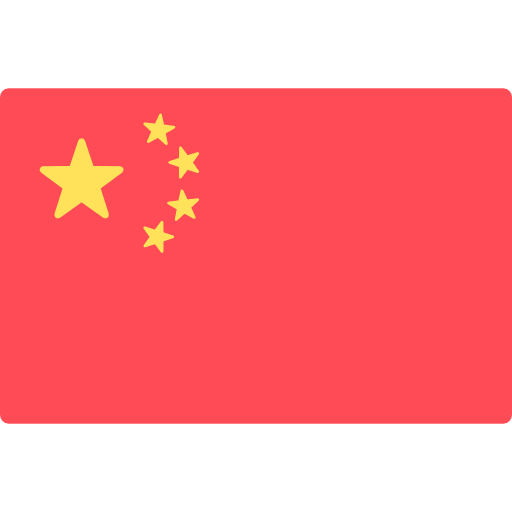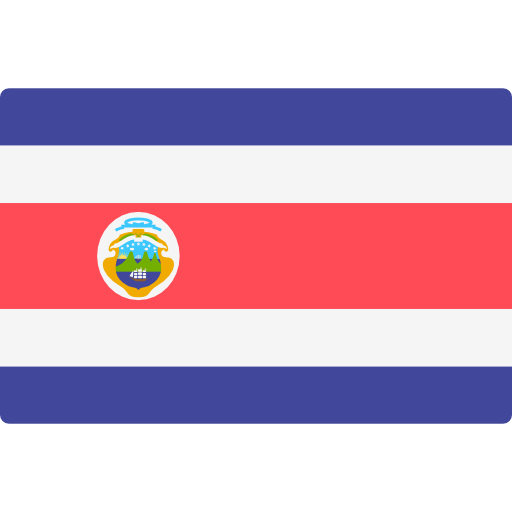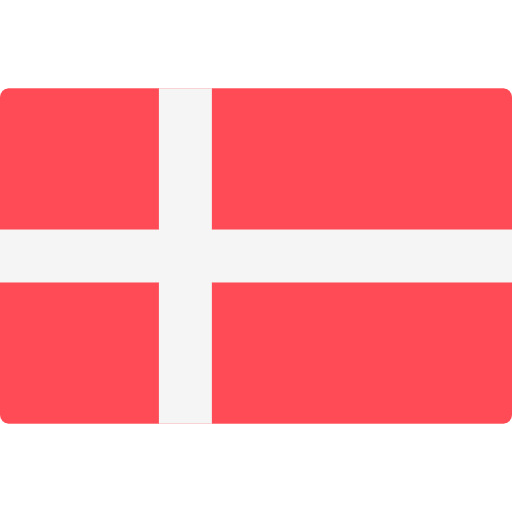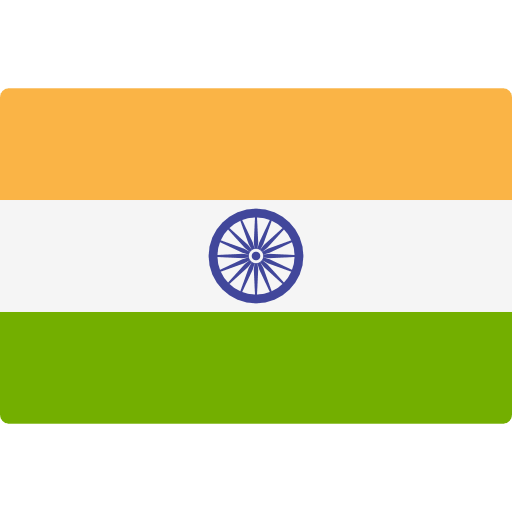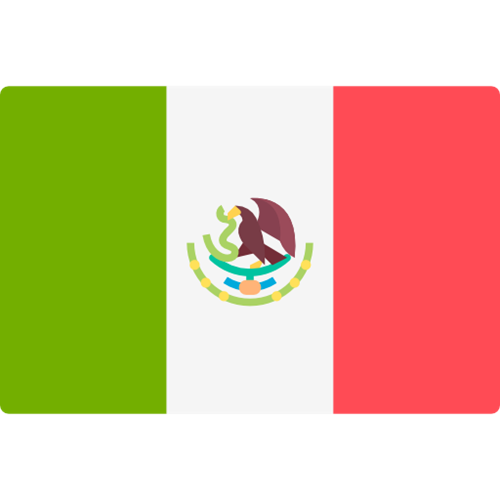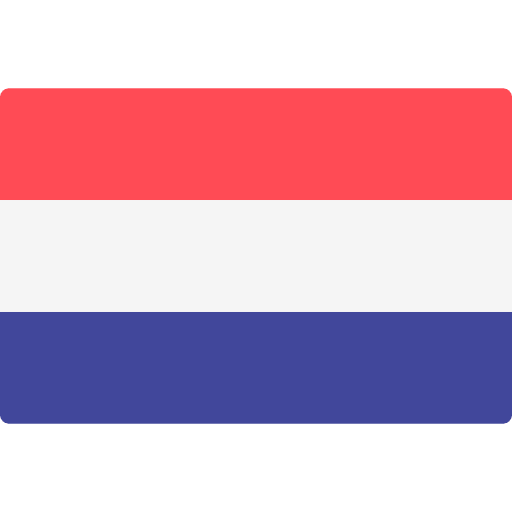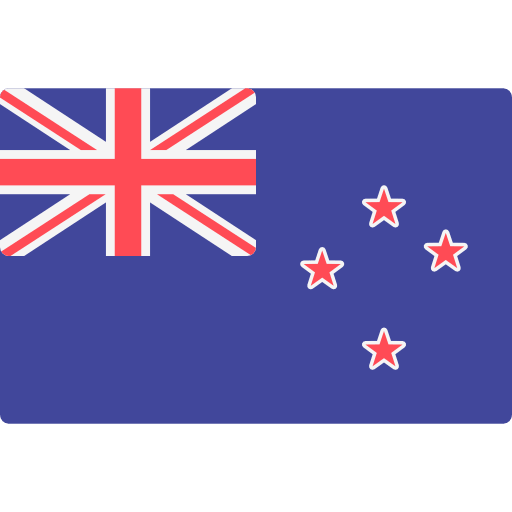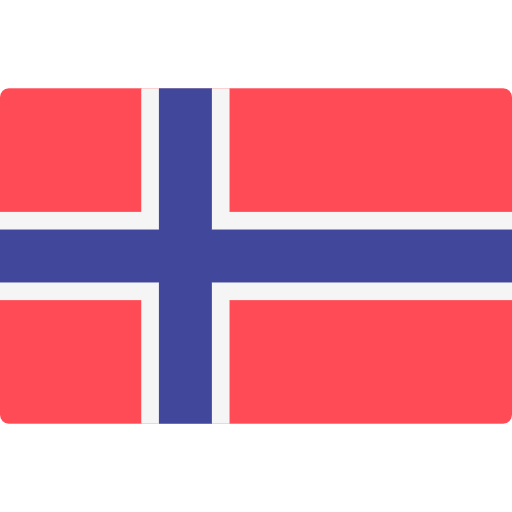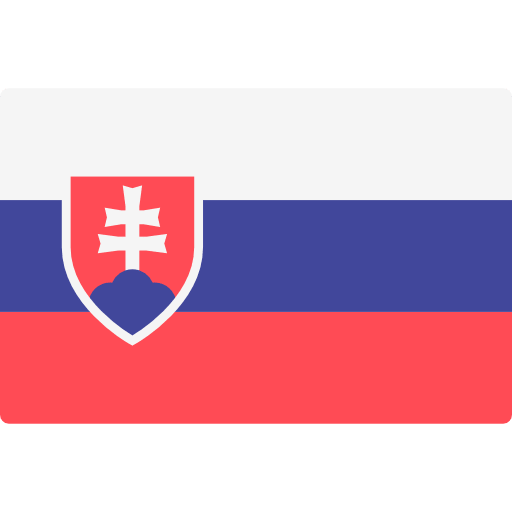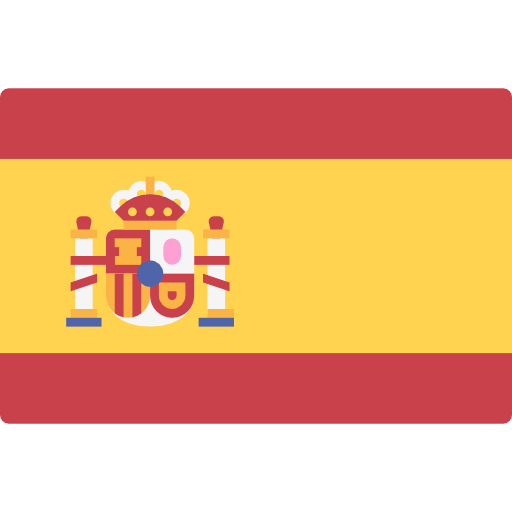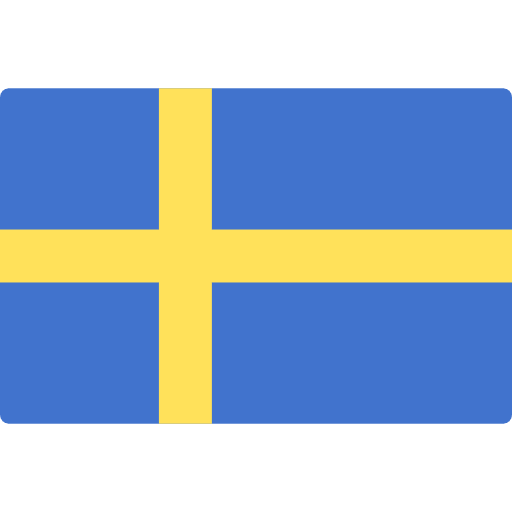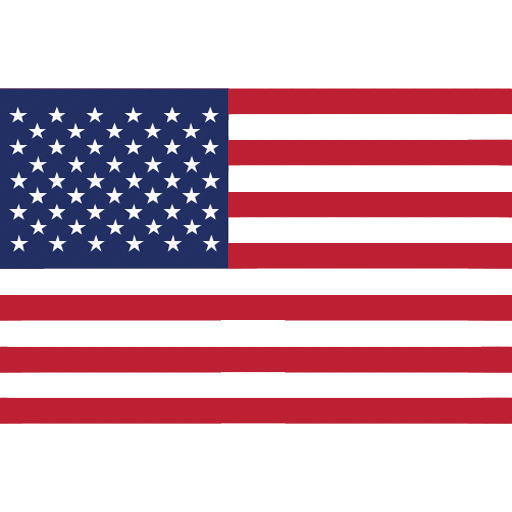ISO 8124 Testing: Ensuring Global Toy Safety Standard
Assembling safety and quality in all toys and hardgoods
First published::
July 2025
Ensuring the safety of toys is a shared priority for brands, manufacturers, regulators, and parents worldwide. ISO 8124 sets a global benchmark for ensuring that products intended for children are safe.
This article explores ISO 8124, its role in toy safety testing and compliance, and its importance for global market access.
What is ISO 8124?
ISO 8124 is an international standard established by the International Organization for Standardization (ISO) that outlines safety requirements for toys. Its primary aim is to minimise hazards associated with toys used by children, ensuring they conform to defined health and safety criteria. This standard is crucial for manufacturers as it dictates how toys should be tested and helps ensure consumer confidence in the quality and safety of these products.
Recognised globally, ISO 8124 covers risks such as choking, mechanical injury, flammability, and exposure to toxic substances. It informs national regulations across the Australia, New Zealand, China, and much of Asia.
The standard is divided into several parts, with Parts 1 (mechanical/physical), Part 2 (flammability), and Part 3 (chemical) forming the backbone of toy safety protocols.
For toy manufacturers and importers, meeting ISO 8124 is often essential for legal compliance and maintaining consumer trust.
What products fall under ISO 8124?
ISO 8124 covers a wide range of toys intended for children from birth to 14 years, including but not limited to:
- Soft toys: Plush toys, dolls, and stuffed animals.
- Mechanical toys: Wind-up or battery-operated toys.
- Play figures: Action figures, dolls, and miniature models.
- Educational toys: Puzzles and building blocks.
- Art supplies: Crayons, markers, and paints designed for children.
- Games: Board games and card games.
Why should products be tested under ISO 8124?
- Child safety: The primary focus of ISO 8124 is to safeguard children from potential hazards associated with toys.
- Legal compliance: Many countries require toys to comply with ISO 8124 standards before they can be sold in their markets, making compliance crucial for manufacturers.
- Market access: Compliance with international standards facilitates easier market entry, as products are seen as meeting accepted global safety criteria.
- Consumer trust: Demonstrating adherence to safety standards fosters confidence among consumers, encouraging them to purchase products.
Breakdown of ISO 8124
- ISO 8124 Part 1: Safety aspects related to mechanical and physical properties
- This section establishes requirements and test methods for toys, addressing mechanical and physical hazards that could cause injury.
- Key evaluations include the assessment of sharp edges and small parts to prevent choking hazards.
- Updated in 2022 to harmonise with international standards to ensure comprehensive safety protocols.
- ISO 8124 Part 2: Flammability
- Focuses on assessing toys' resistance to ignition and flammability.
- Sets forth testing methodologies for various toys, especially those made from flammable materials, aiming to reduce fire hazards.
- Special attention is given to toys that children may wear, such as costumes.
- ISO 8124 Part 3: Migration of certain elements
- Concentrates on restricting the migration of hazardous substances like lead, cadmium, and mercury from toys.
- Specifies limits for the allowable amounts of these elements, ensuring toys are safe for children.
- Outlines testing procedures for evaluating chemical safety in toys.
When should you test using ISO 8124?
If you are seeking to export toys to markets that require adherence to international safety protocols, such as those that reference ISO 8124, obtaining certification can simplify market access.
Additionally, any significant changes made to the design, materials, or intended age group of a toy should trigger a re-evaluation under ISO 8124 to maintain compliance. Furthermore, if there are incidents like recalls, customer complaints, or regulatory scrutiny related to your products, conducting ISO 8124 testing can provide essential validation of ongoing compliance.
Before launching a new toy, testing is crucial not only for safety assurance but also to meet regulatory expectations. Lastly, toy manufacturers who operate through contract agreements, particularly in private-label or OEM/ODM settings, may be contractually obligated to achieve ISO 8124 compliance to satisfy quality assurance standards imposed by their clients.
Do you need ISO 8124 if you test under EN 71 or ASTM F963?
It depends on your business scope. Standards like EN 71 in Europe, ASTM F963 in the United States, and other local standards such as QCVN 3:2019/BKHCN in Vietnam are mandated within their respective jurisdictions. However, it is still advisable to consider ISO 8124 testing if you plan to access broader international markets, especially for the major markets in Asia, where toy standards are mostly formulated based on ISO 8124 or directly use ISO 8124 as the national safety standard for toys. To facilitate entry into markets that specifically reference ISO standards or in regions where no established national standards exist, ISO 8124 could be a requirement or preferred option.
While many requirements overlap, there may also be variations in test methods, scope, and specific limits. Thus, opting for ISO 8124 can ensure comprehensive coverage and compliance across diverse markets.
Additionally, some retailers or clients may stipulate ISO 8124 as a precondition for procurement, thereby enhancing your business opportunities.
How can Eurofins Softlines & Hardlines help?
As a global expert in toy safety testing, auditing, inspection, and certification, the Eurofins Softlines & Hardlines network of laboratories offers ISO 8124 testing services through our laboratories in Asia and the U.S. We help toy brands and manufacturers ensure product safety, achieve ISO 8124 compliance, and enhance supply chain confidence.
Learn more about our Toy Testing Services and ensure your products adhere to the highest safety standards for children's toys.

